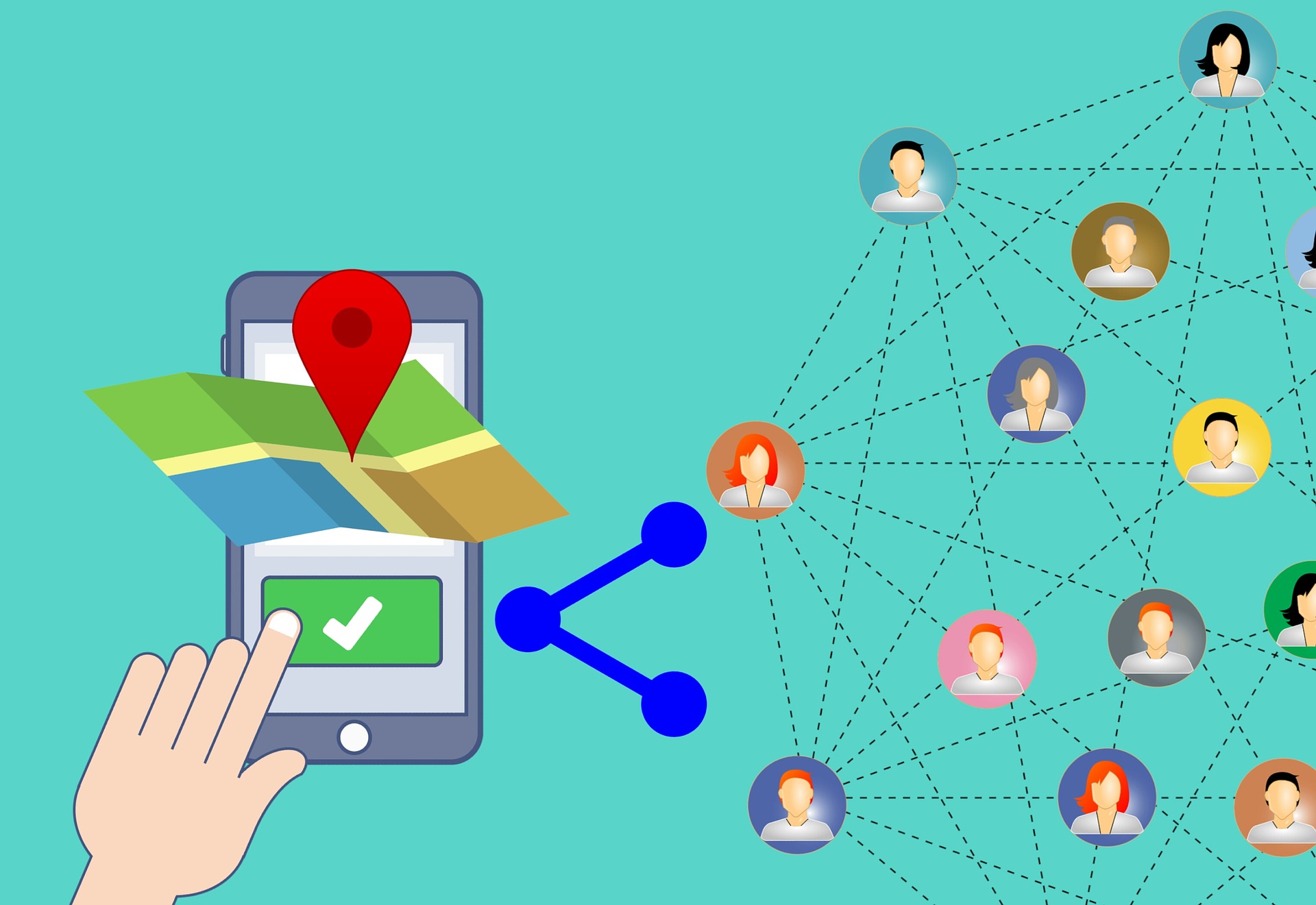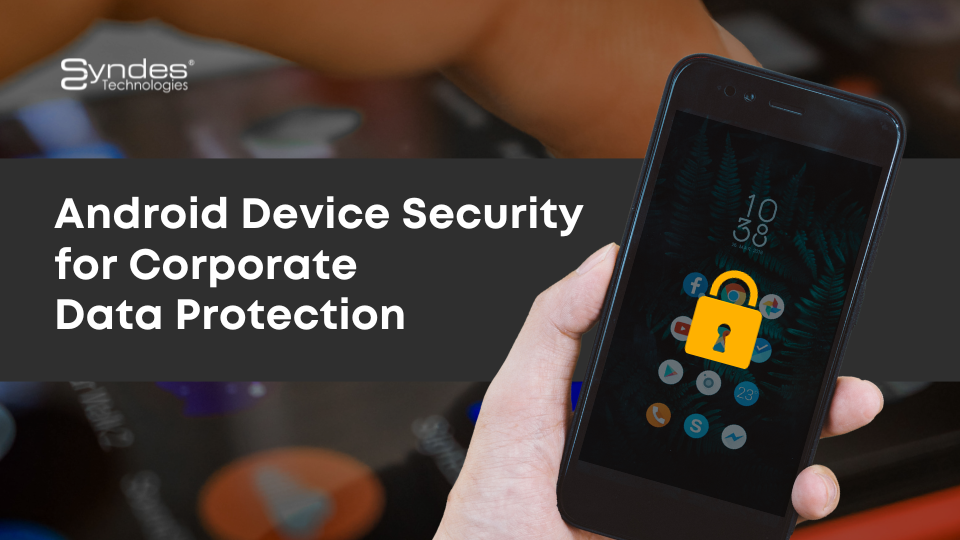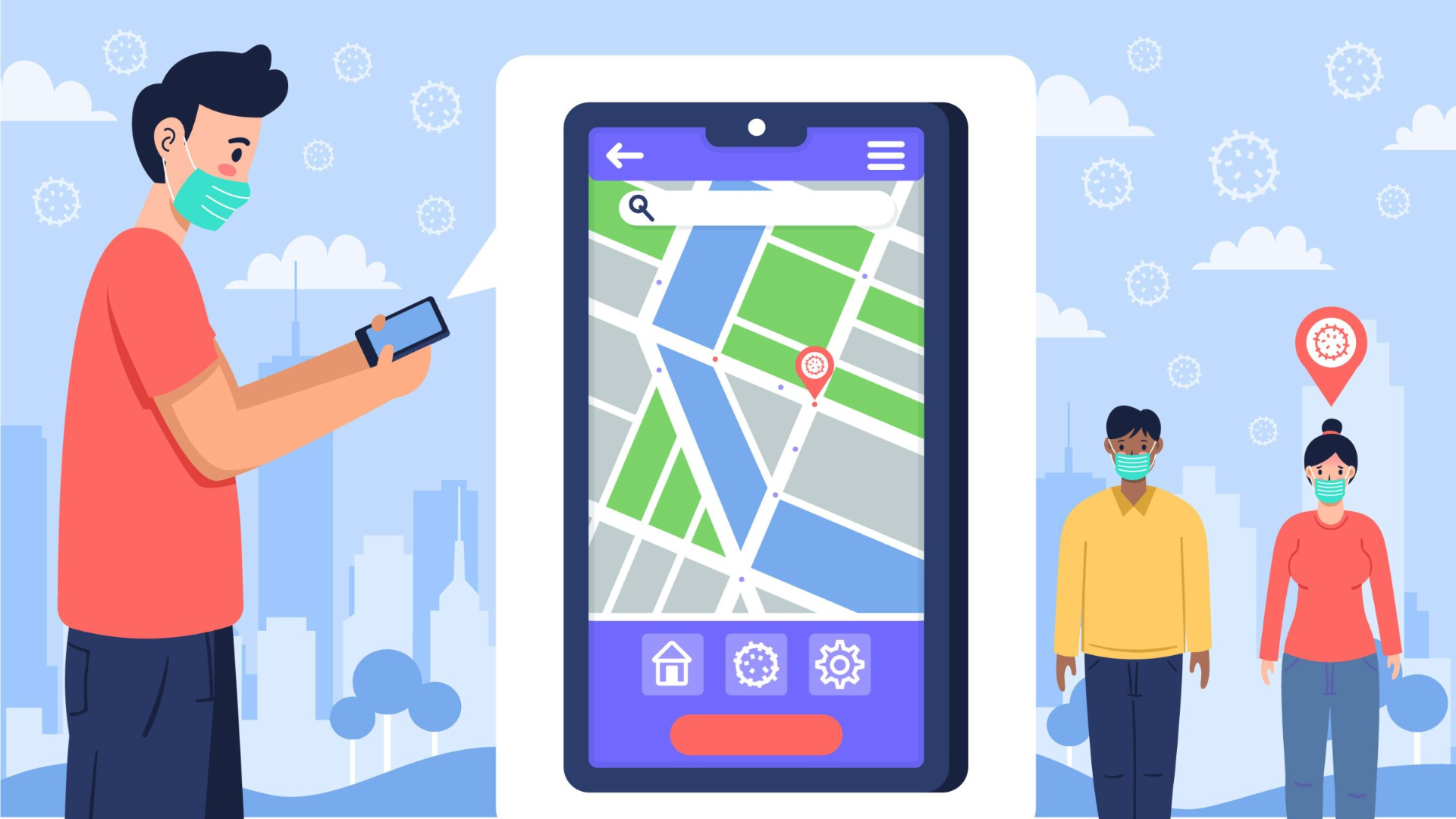
Geofencing and Location Tracking: Why Companies Must Pay Attention
As the number of mobile devices and time spent on them increases, mobile technology is reaching new levels of sophistication and advancements. One such technology is the Global Positioning System (GPS) which has evolved to be more precise since its inception. GPS has powered up two significant features in today’s mobile devices: Geofencing and Location Based Tracking (or Geolocation).
Let’s first understand what is Geofencing and Geolocation and why are they important for modern businesses.
What is Geofencing and Location Tracking?
Geofencing is the technique of defining a virtual fence around a geographical location using GPS, RFID (Radio Frequency Identification), Wi-fi network proximity and cellular data, to trigger a pre-programmed action when a mobile object enters (or exits) the fenced periphery. These actions could be to push notifications, alerts, or SMS. Geofencing applications allow administrators to draw virtual boundaries based on a satellite view of a geographic location or using longitude and latitude of a location or using user created web-based maps.
Location Tracking is a precursor to geofencing and helps you track the physical location of a GPS enabled object (a mobile device, vehicle, human carrier with a GPS chip, etc.).
Geofencing and location tracking together eliminate the tedious task of constantly monitoring the location of an object of interest, as it alerts (or notifies) the system when it is within (or breaches) the pre-programmed boundary.
What Benefits Companies Can Derive from Geofencing and Location Tracking?
Applications and use cases of Geofencing are aplenty. You have to be creative and innovative to derive maximum benefits.
Here we list a few of them.
Human Resource Management
Many companies, especially those which have a large number of field employees are using geofencing to manage and monitor their employees. When a worker enters or exits the work location, a notification can be sent to the manager or IT administrator to clock their work hours, automate their time sheets, etc.
Compliance Management
An organization may have several policies like which employees can enter restricted areas, which devices are permitted inside a network, the minimum number of clocked working hours, etc. Geofencing can be integrated with other tools in the company to maintain network logs. These network logs can document the proper use of the devices, employee entry/exits and their compliance with established policies.
For instance, in case of a breach, i.e. when an employee enters an unauthorized (geo-fenced) area, an alert can be sent to the security team to thwart such an attempt.
Asset Management
Managing, tracking, and monitoring assets in an organization is a cumbersome task. Geofencing and location tracking can help track assets and monitor the frequency of a particular asset, to understand if an asset is at the right location at the right time. In case, an asset tries to exit the area in an unauthorized manner, alerts can be raised to trigger a lock down, to prevent asset damage and misuse.
Multifactor User Authentication
Authentication ensures that only an authorized person can access corporate assets at the right place, right time. When we apply multiple factors like passcodes, biometrics, OTPs, etc. it adds to the depth of security during the authentication process.
Geofencing can serve as another factor in the authentication, for assets that can be accessed from restricted areas or specific locations. In case of a breach, for instance, trying to access a corporate asset from a competitor location, security teams can be alerted to prevent such an action.
Device Security through Geofencing and Location Tracking by MDM
Location Tracking and Geofencing, help you determine and track a device’s precise location, with details like date, latitude, longitude, time, and location. You can also set-up a geo-fence and related alerts to get reports on when a device enters or exits the boundaries, which you can use to capture information on device usage and security.
There are many use cases for mobile geofencing and when integrated with MDM, it can add much value to IT security. Mobile geofencing and geolocation allow IT to secure enterprise resources registered with the MDM solution and physically track employee or corporate-owned devices. Here is how:
- It can help pinpoint the location of a lost or a stolen device
- Device location can be tracked to ensure that the device is being used for work purposes only
- You can track workers with suspicious behavior and observe their entry/exit and usage pattern to glean insights in case of malpractice
- Companies can fence the area within which customers or employees can use a device, and when they exit this location, the IT admin can take appropriate actions
- You can also have data or app level control of the devices, such as disabling the camera in restricted location or preventing off-site users from downloading sensitive location





